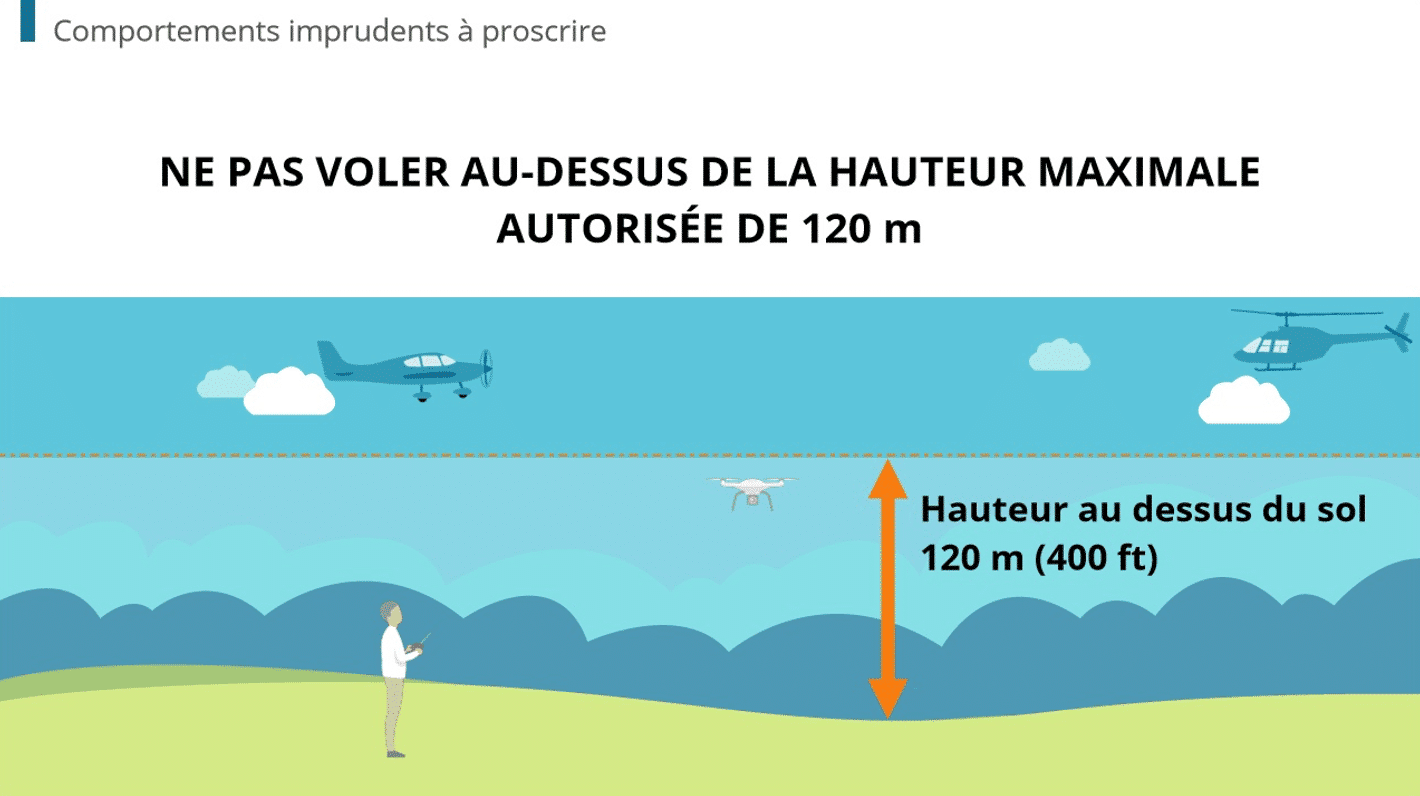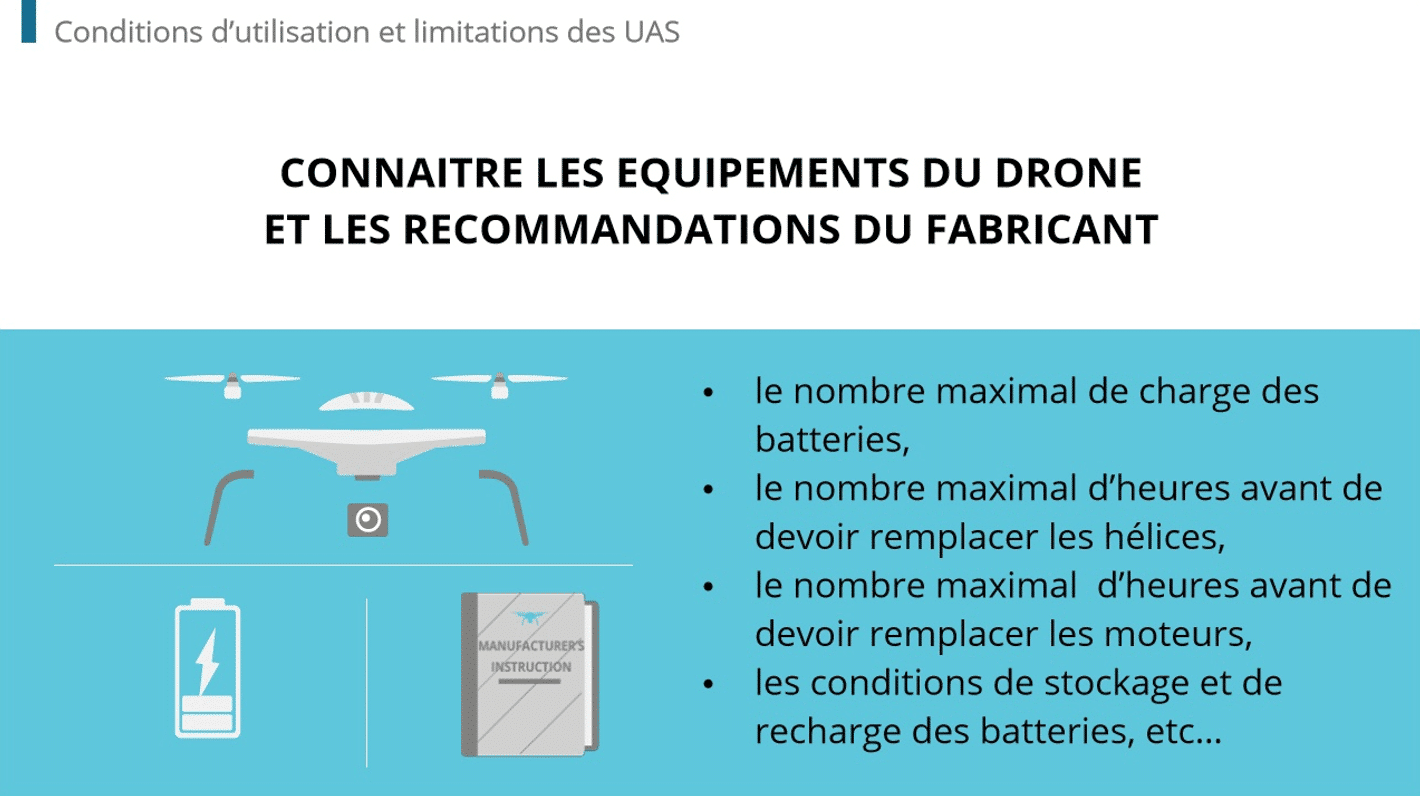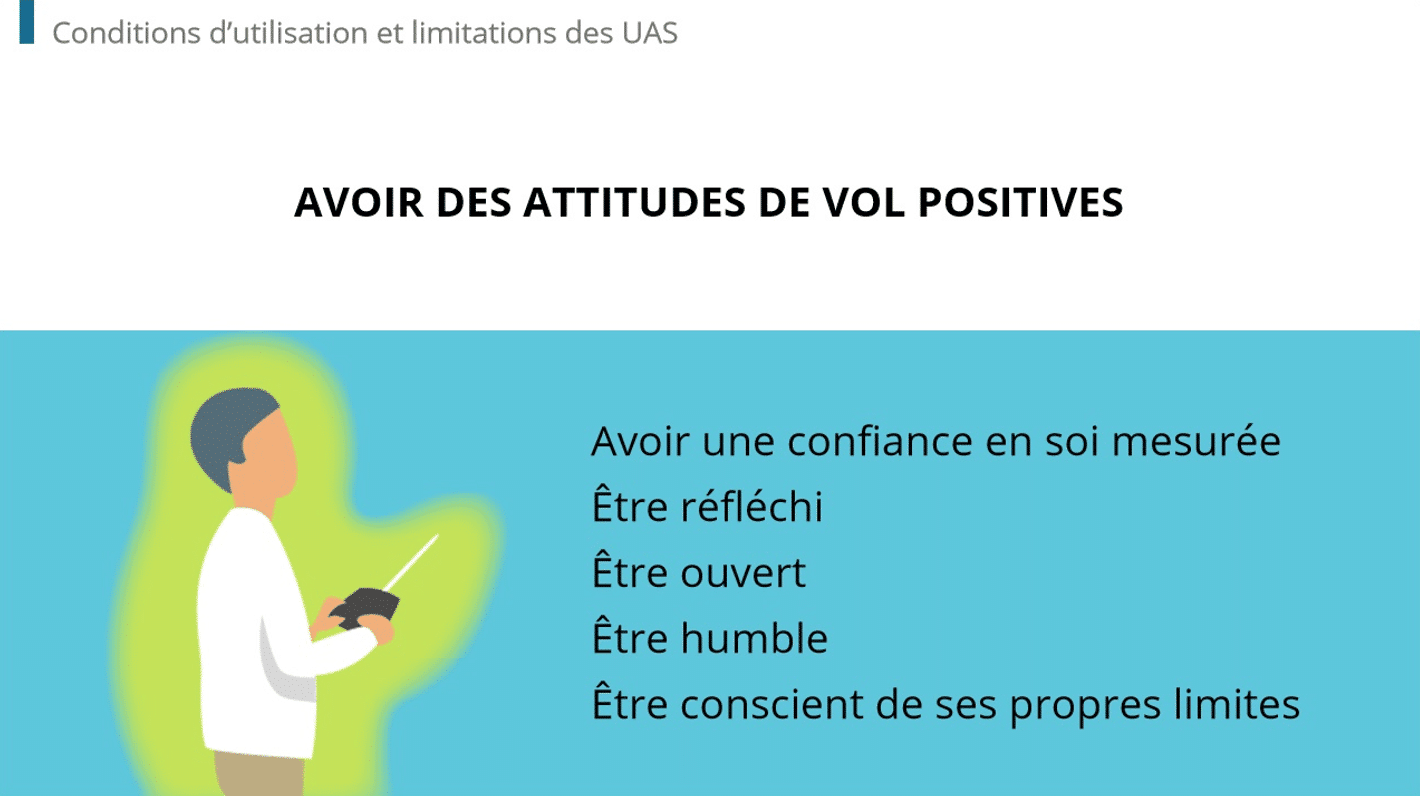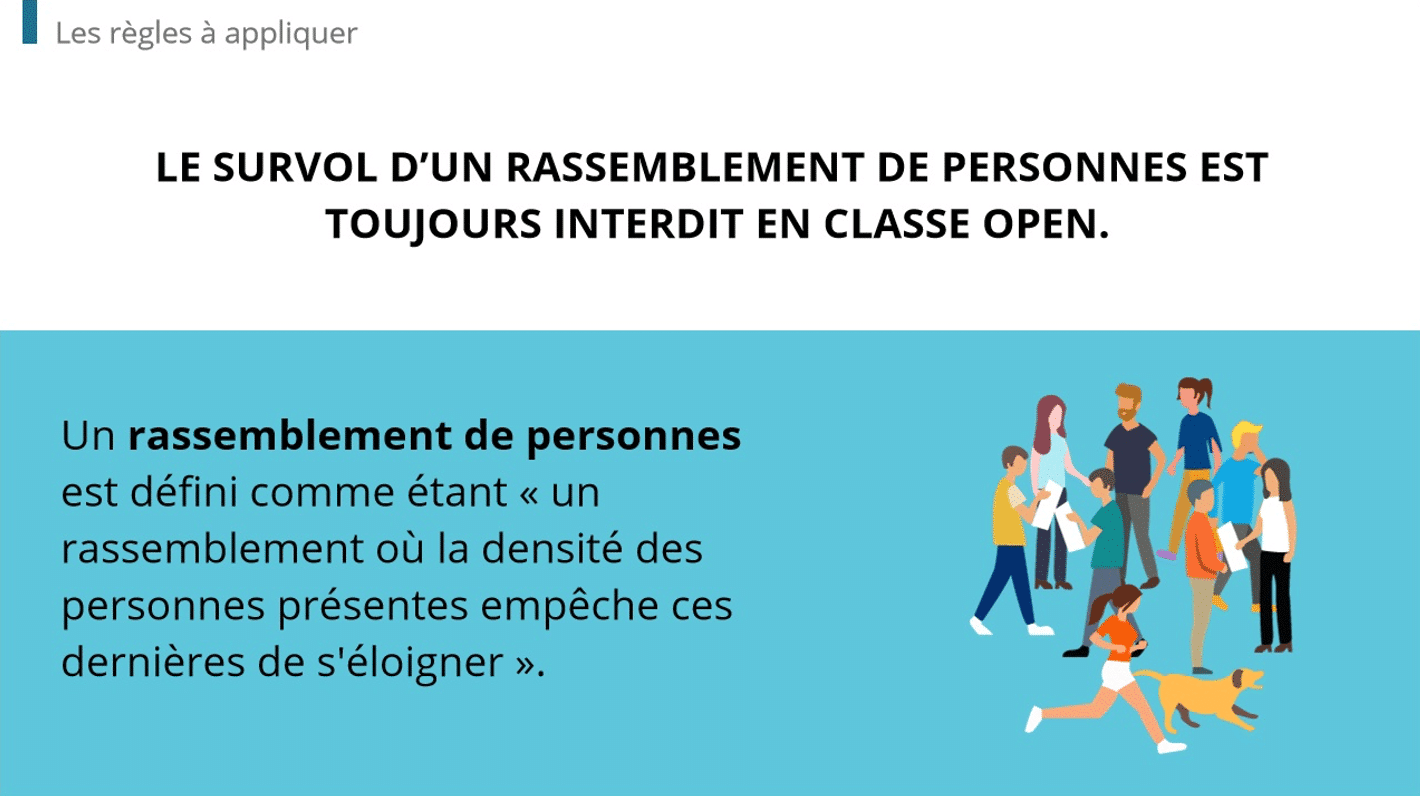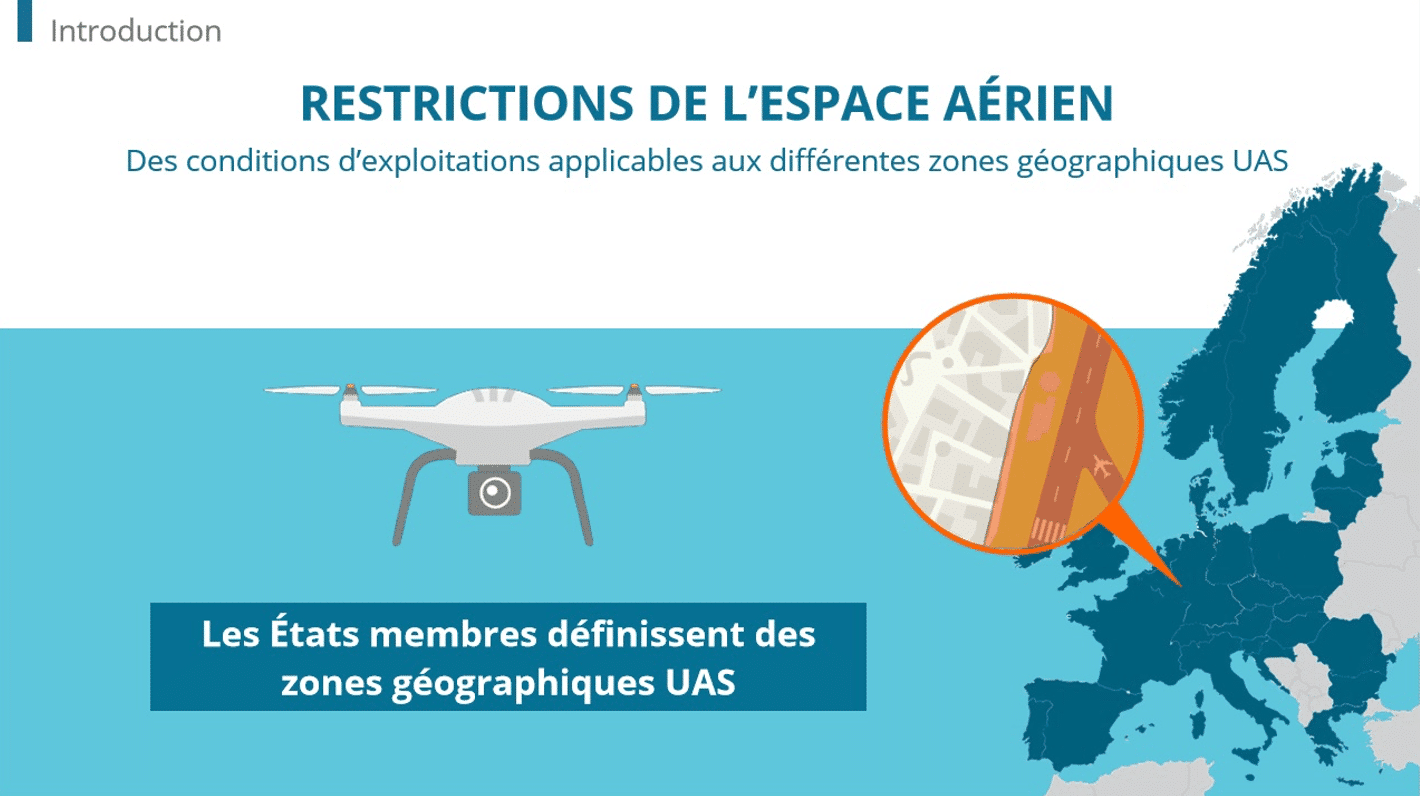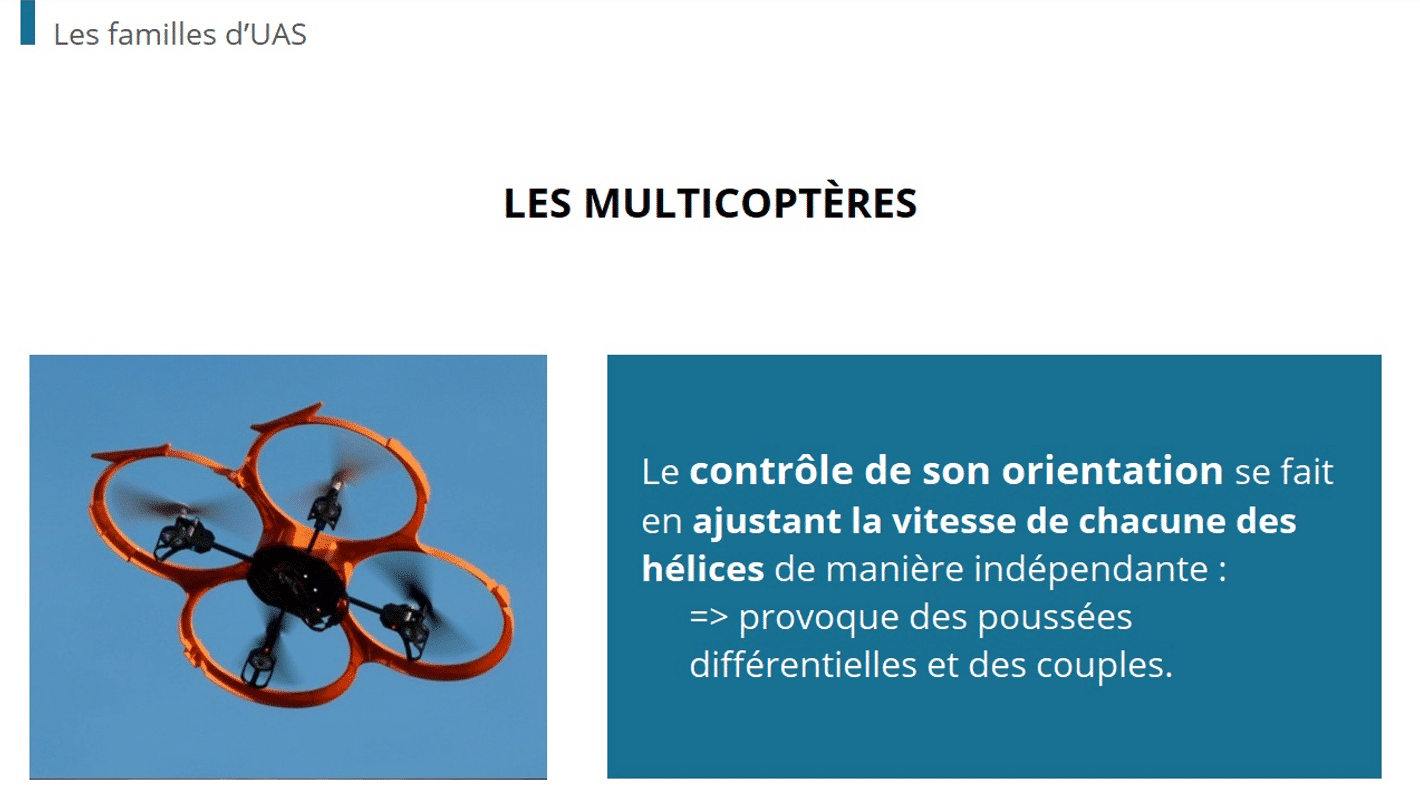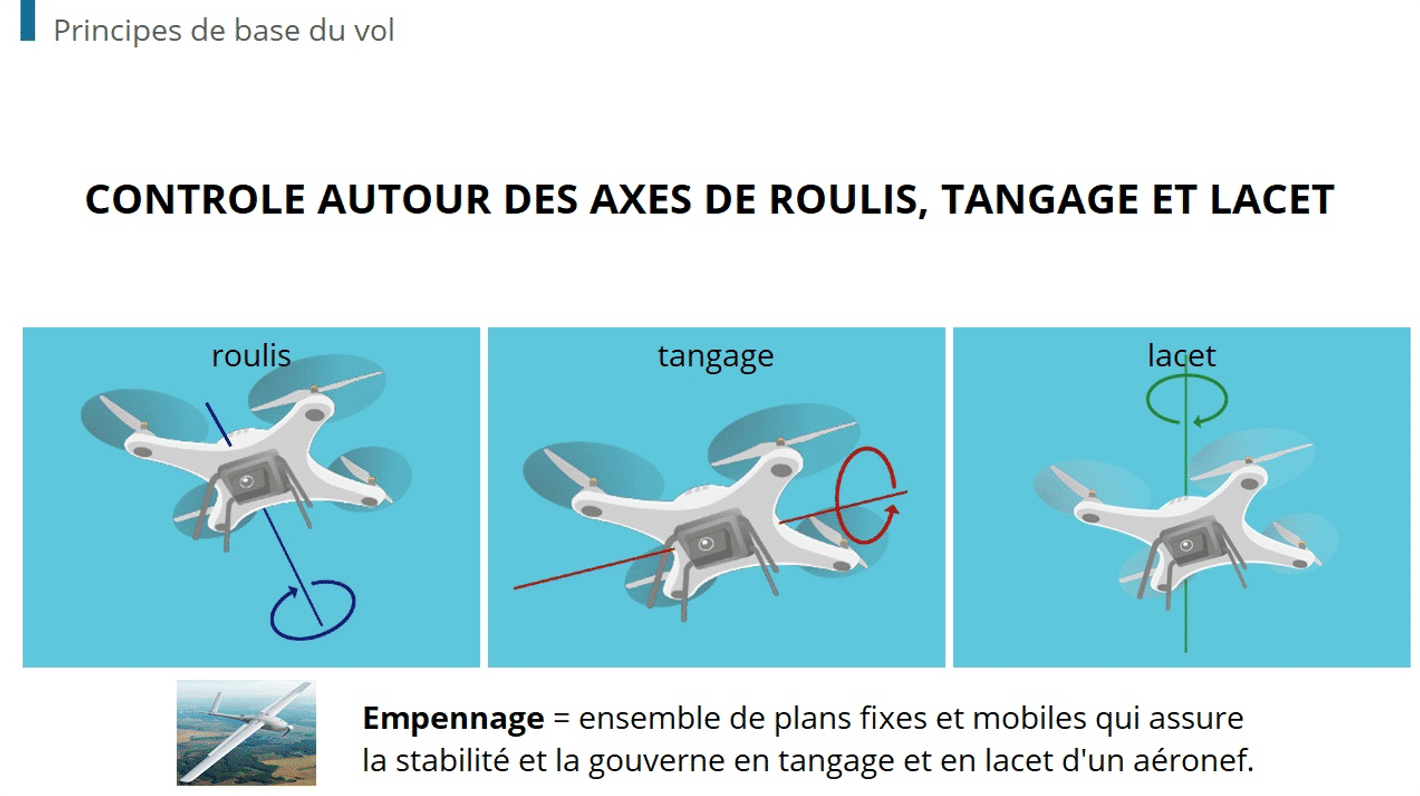Relevance, emotion, quality… A number of criteria must be considered when choosing e-learning images.
We all recognise the power and significance of images. They can be potent tools when used wisely. Illustrations should not be used for their own sake, since off-topic visuals do nothing but create information overload! On the other hand, carefully selected images can enhance your e-learning content and capture your learners’ attention.
5 tips for choosing appropriate e-learning images
Images tell a story and can enhance your e-learning scenario, capturing the attention of your learners.
1. Consider whether your images are relevant
First, take some time to define your needs and the needs of your target audience, depending on their experience, previous training, age and other factors. To enhance the graphic identity of your business sector, think about which symbols are best suited to your industry. An image appropriate for the sales industry is unlikely to work for the pharmaceutical or banking industries. If irrelevant, the image can become a distraction, an annoyance or even confuse the learner.
2. Ensure that the images enhance your message
The goal is not to fill in blank space, but rather to convey a message. Images must support your text and facilitate understanding of a somewhat more challenging concept. Ideally, a learner should be able to understand the e-learning materials simply by looking at the images.
3. Favour images that evoke emotion
We retain images that evoke an emotion: laughter, fear, curiosity… Such images generate interest among your learners, so that they’ll remember your e-learning content. However, don’t resort to melodrama or offensiveness. Again, more knowledge about your learners will help you better select your visuals.
4. Focus on a single image style
Above all, effective e-learning images must be consistent. Therefore, focus on a single type of visual for each module. Combining different types of visuals (photos, graphics, drawings, etc.) can distract learners and reduce their concentration.
5. Select high-quality images that are free of copyright
Have you checked the resolution of your images? Adjust their size before incorporating them into your e-learning: big enough to draw attention, but not so large that they can’t be opened quickly. In addition, avoid unpleasant surprises: make sure you have the right to use the visuals in your e-learning. A number of websites offer free images that are not protected by copyright.
Looking for an e-learning service provider that can offer relevant training courses? Rely on the experts at DOKEOS: contact us!






























